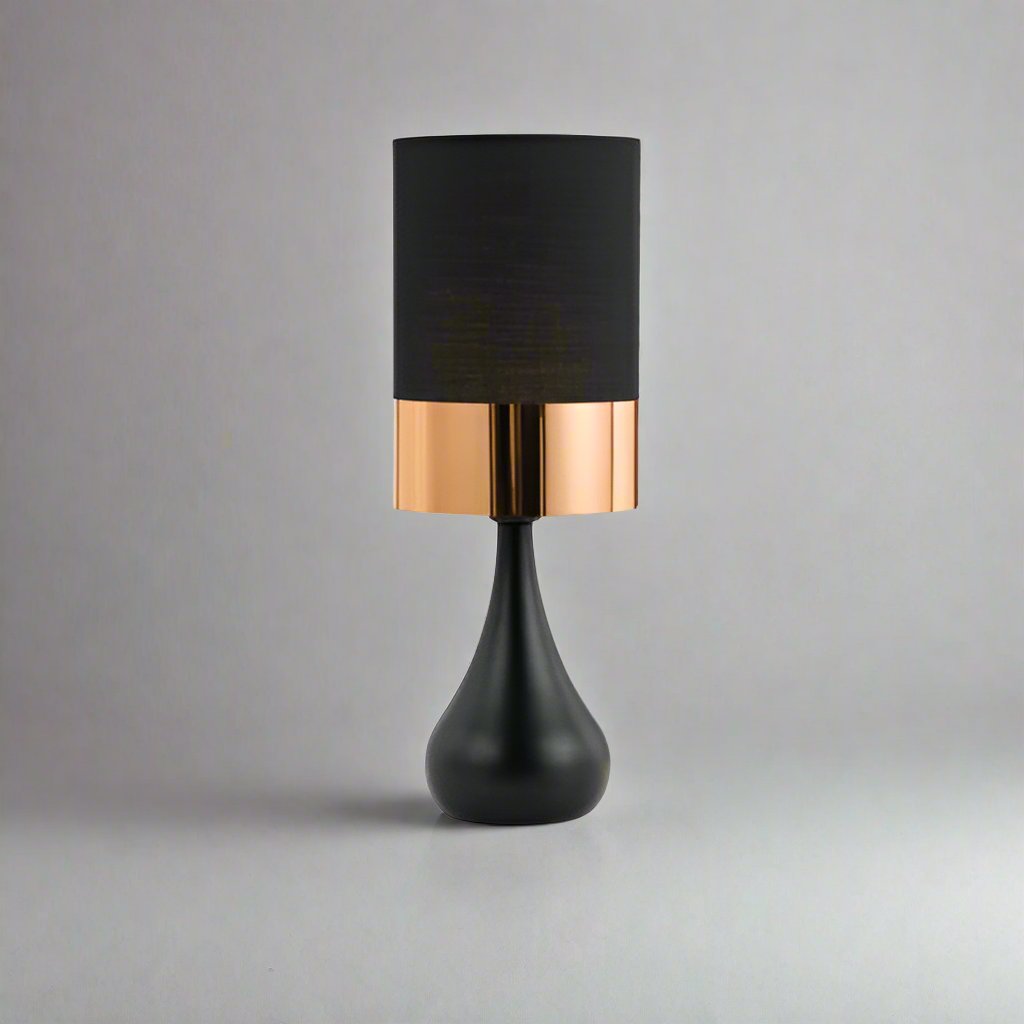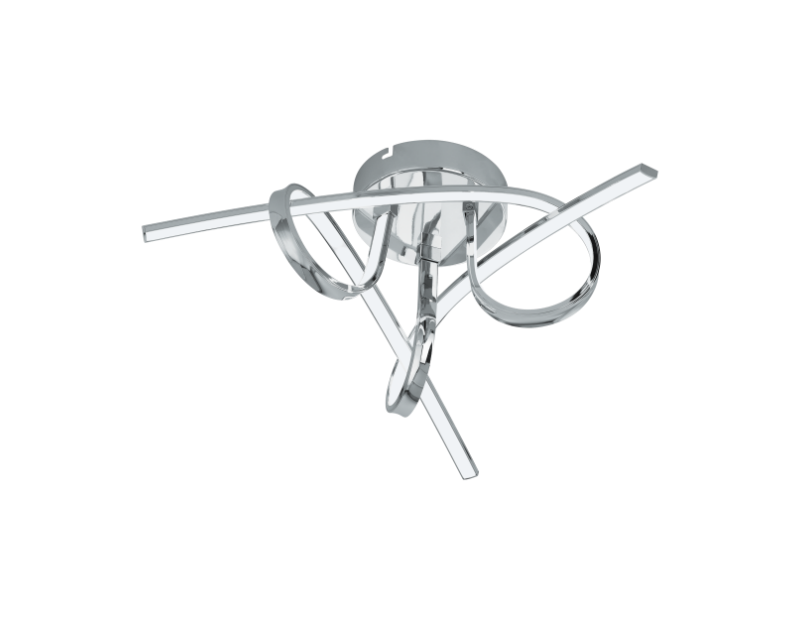
Why should I buy a more expensive ceiling fan with a DC motor?

Ceiling fans have typically been made with AC motors but today there is a growing number of fans entering the market with DC motors. With Direct Current (DC) fans, the direct (AC) power source connects to a transformer which then converts the power to DC. The result is it decreases the amount of power used, then to create the force needed to rotate the motor’s rotor, magnets are utilised..
Benefits of A DC Motor
Ceiling fans with DC motors offer greater energy efficiency make little noise (from the motor) and come standard with a remote control that includes the option to reverse the fan by just a simple press on the button of the remote control. . This is a great feature. Previously, ceiling fans always came, and ac fans still do, come with a switch on the motor that can be used to reverse the direction of the fan so that in the winter the fan would turn anti clockwise pushing hot air downwards. (Where it is very useful for those cold days) . But the New DC fans come as standard with a remote control so there is no need to climb up on a ladder to change the direction of the fan blades, you simply press the button on the remote and hey presto the ceiling fan blades change direction and for houses with high ceilings , this is such a benefit for the occupants.
DC fans also run very quietly. There is very little noise from the motors making them an excellent option where low noise levels are required or preferred.
Another benefit for a DC fan is that they are super efficient in terms of energy consumption.
Style wise - ceiling fans with DC motors tend to be more compact and lighter, many featuring a slim motor design. And as a consequence the shape of blades and the style of the fans are very fashionable and complement any home.
Dc Fans are a little dearer to purchase but the benefits they deliver make them an excellent option if considering putting fans in your home .





